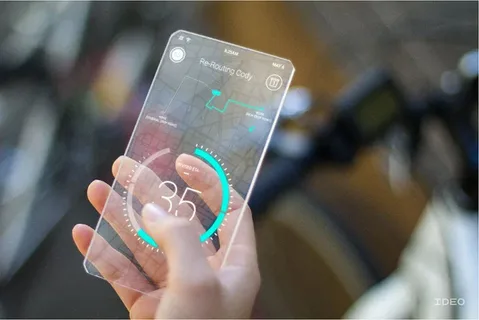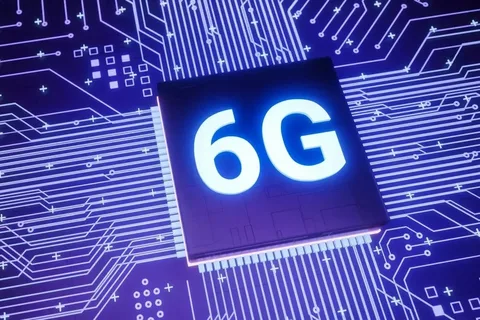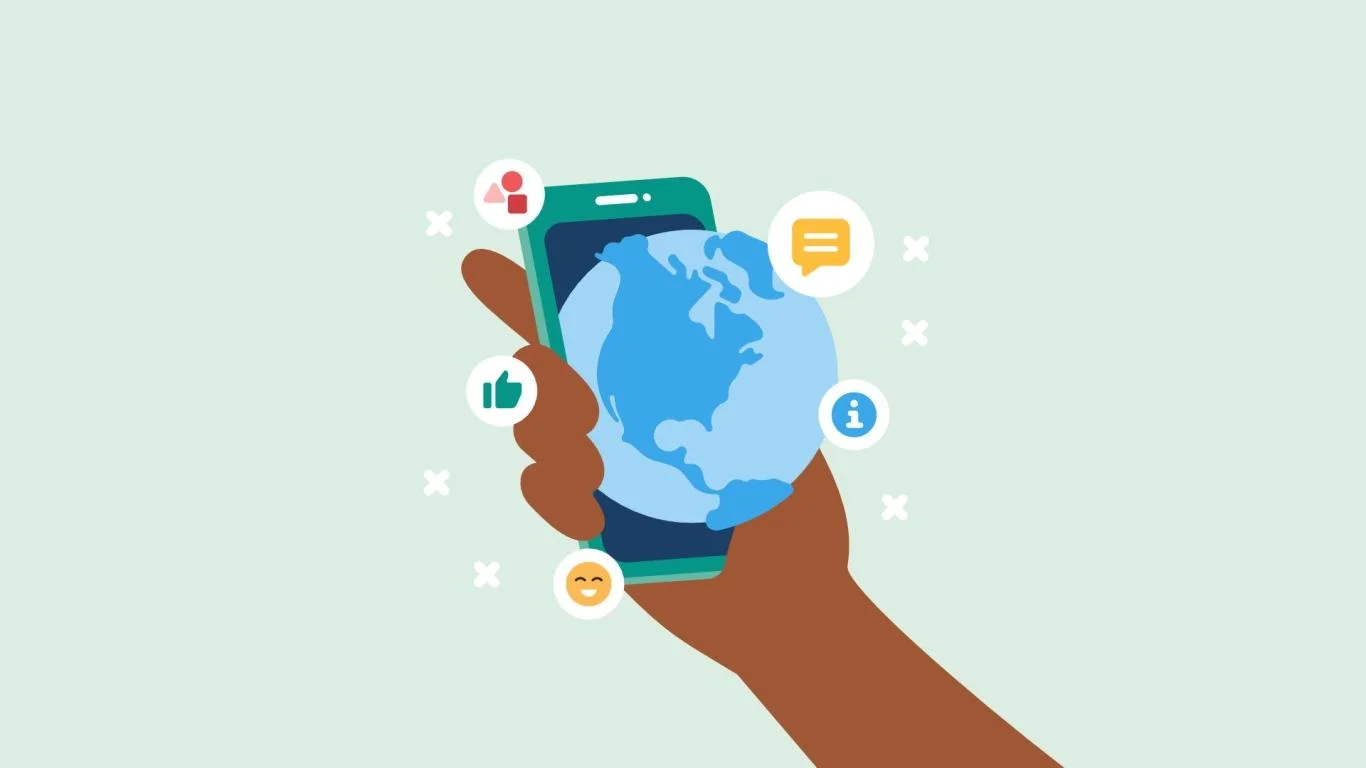
Smartphones have evolved a lot from their humble beginnings of simple calling and messaging. In 2025, smartphones are not only communication devices they are smart personal assistants, productivity centers, health monitors, cameras, games machines, and even supercomputers in our pockets.
Smartphones change every year at a light speed pace with the adoption of artificial intelligence (AI), machine learning (ML), high-end processors, better sensors, and next-generation software capabilities that take smartphones to the next level. One of the primary reasons smartphones are getting smarter is by incorporating AI into nearly every functionality.
From voice assistance in the form of Siri, Google Assistant, and Bixby to sophisticated camera capabilities like auto-adjusting lighting, focus, and filters, AI is making phones smarter and more responsive. In 2025, smartphones leverage AI to learn about user actions like which apps are launched at what time of day, predictive behavior, and optimizing battery life by learning usage habits.
Another area where enormous progress has been made is processing power. With the arrival of high-performance chipsets such as Apple’s A-series Bionic chips and Qualcomm’s Snapdragon processors, smartphones can now achieve tasks otherwise only feasible on high-performance computers.
These processors introduce multi-core capabilities, accelerated graphics processing, and neural engines that run sophisticated AI functions. This has resulted in smarter apps, smoother multitasking, quicker gaming, and enhanced performance across the board. Also, 5G technology has revolutionized the way smartphones function.
With gigabit-speed internet, lower latency, and the capacity to support more devices simultaneously, smartphones have become more responsive in real-time. This enables individuals to stream 4K movies, play cloud games, and make high-definition video calls in real-time. It has also made GPS tracking, IoT connectivity, and real-time translation apps more efficient, making smartphones more intelligent and multi-faceted. Cameras are another category where smartphones are getting smarter year by year.
Smartphones now have multiple lenses wide, ultra-wide, telephoto, macro, and even periscope zoom. But it’s not just the hardware; the software is important as well. AI-based computational photography enables features like night mode, portrait mode, scene detection, object detection, and real-time image processing.
In fact, some phones now shoot and process multiple frames in milliseonds to create one perfect image. Smartphone cameras can even scan documents, measure distance, translate text in real-time, and recognize plants, animals, and objects instantly with AI. Biometrics is also an area where smartphones are getting smarter.
Face ID, fingerprint scanning, iris scanning, and even under-display biometric sensors are getting more efficient and secure. The technologies are powered by AI and deep learning to recognize changes in the user’s appearance, ensuring high security without compromising on convenience. In 2025, many phones are also supporting voice and face recognition even in low light or noisy environments.
Health tracking is also a smart feature that is improving day by day. Smartphones now have sensors that can track steps, heart rate, blood oxygen levels, sleep patterns, and stress levels. In addition to wearable technology, smartphones can monitor users’ health, remind them to hydrate, recommend exercise, and even notify them of anomalies.
Premium models even have features such as fall detection, menstruation tracking, and ECG monitoring. Software updates also make smartphones smarter year on year. With each new operating system update, users get improved features, smarter notifications, improved security, improved digital wellbeing capabilities, and tuned performance.
Apple and Google, for example, regularly push out updates using feedback and user data to make the smartphone experience more streamlined, allowing the devices to learn and adapt over time. Another aspect of evolution is augmented reality (AR).
AR has introduced interactive and immersive experiences to smartphones, used in gaming, interior design, education, virtual try-ons, and navigation. In 2025, most phones come with LiDAR scanners or depth sensors that allow accurate mapping of surroundings, allowing users to overlay digital content on the real world in real time. Further, smartphones are also getting smarter with respect to personalization and accessibility.
Conclusion
In short, smartphones are becoming smarter every year with the integration of AI, advanced hardware, and intelligent software that learns and adapts to user needs. Smartphones are not just communication tools they are digital companions who feel, anticipate, and respond to our life in the moment.
From advanced cameras and processors to enhanced security and health tracking, smartphones are changing the way we live, work, and interact with the world. With technology evolving further, the next-generation smartphone will be smarter, more personalized, and more powerful driving the next wave of digital innovation.







